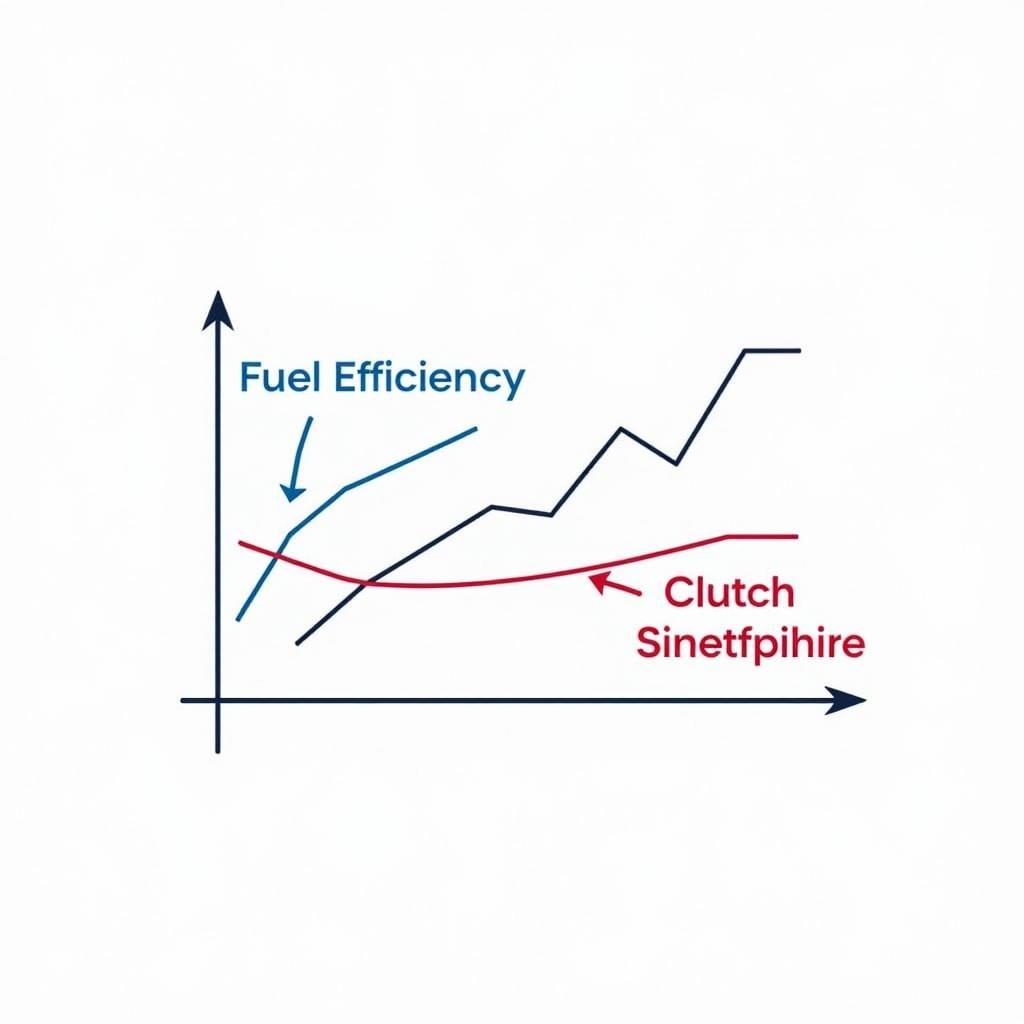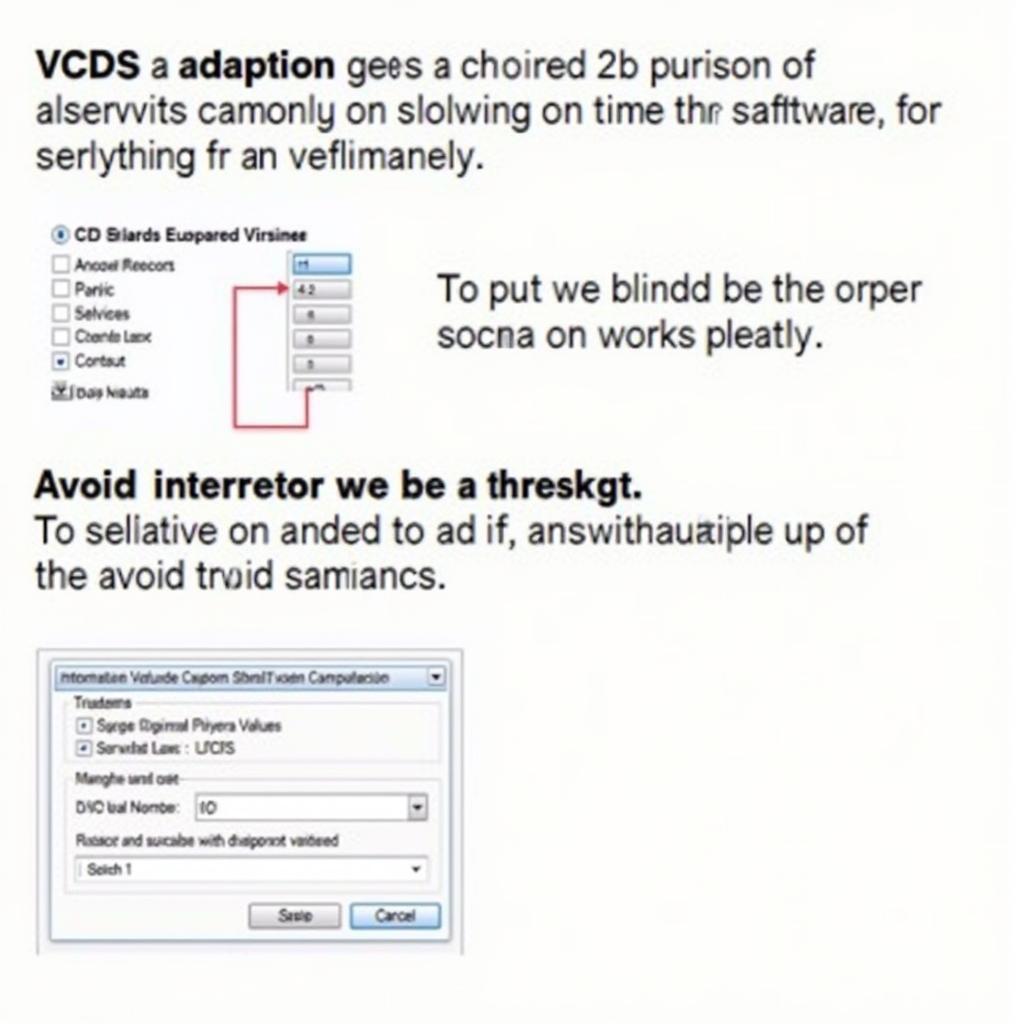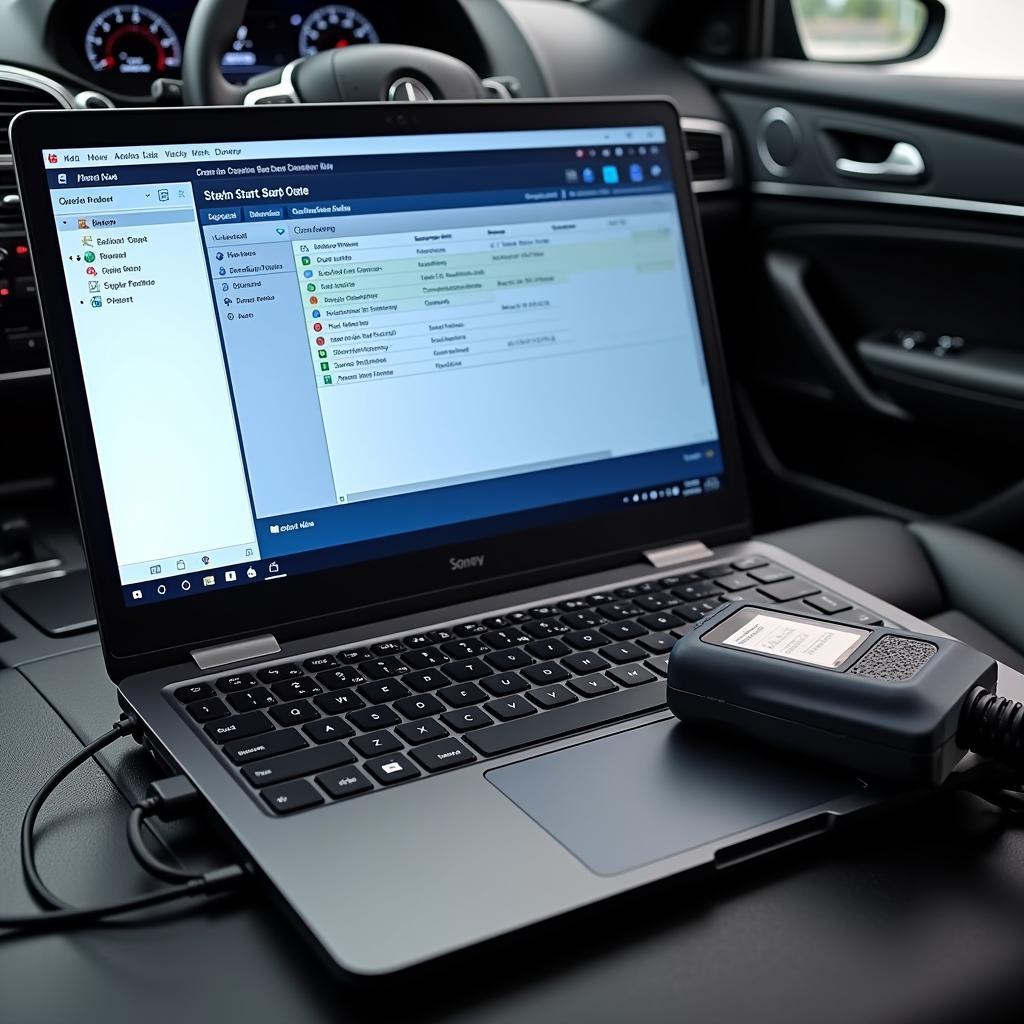VCDS DSG adaptation is a crucial process for maintaining the smooth and efficient operation of your Direct-Shift Gearbox (DSG). This guide delves into the intricacies of DSG adaptation using VCDS, providing valuable insights for car owners, mechanics, and technicians alike.
Understanding the Importance of VCDS DSG Adaptation
DSG transmissions are known for their lightning-fast shifts and impressive fuel economy. However, over time, wear and tear can affect the clutch engagement points, leading to jerky shifts, slippage, or even transmission failure. dsg adaptation vcds allows you to recalibrate these engagement points, restoring optimal performance and extending the life of your DSG. This procedure involves using the VCDS diagnostic software to access the transmission control module and adjust various parameters related to clutch operation.
What are the Common Symptoms of a DSG Needing Adaptation?
Common signs your DSG might need adaptation include:
- Rough Shifting: Experiencing jolts or jerks during gear changes, especially at low speeds.
- Delayed Engagement: A noticeable lag between shifting gears and the actual engagement of the clutch.
- Slipping Gears: The engine revs increase without a corresponding increase in speed, indicating clutch slippage.
- Harsh Downshifts: Abrupt and uncomfortable downshifts, particularly when coming to a stop.
How to Perform a VCDS DSG Adaptation
Performing a dsg vcds adaptation requires a VCDS cable and software. Here’s a simplified step-by-step guide:
- Connect the VCDS cable to your car’s OBD-II port and your laptop.
- Launch the VCDS software and select the appropriate vehicle model.
- Navigate to the “Transmission” control module.
- Select “Basic Settings” and then the specific adaptation channel for your DSG type.
- Follow the on-screen prompts to perform the adaptation.
It is crucial to follow the specific instructions for your DSG model, as the procedure can vary slightly.
Benefits of Regular VCDS DSG Adaptation
Regular vcds dsg clutch adaptation offers several benefits:
- Improved Shifting Quality: Smoother and more seamless gear changes.
- Extended Clutch Life: Optimized clutch engagement reduces wear and tear.
- Enhanced Fuel Economy: Improved transmission efficiency can lead to better fuel mileage.
- Preventative Maintenance: Addressing minor issues before they escalate into major problems.
 Benefits of Regularly Adapting Your DSG Transmission
Benefits of Regularly Adapting Your DSG Transmission
When Should You Perform a DSG Adaptation?
Performing a DSG adaptation is recommended in the following situations:
- After replacing a DSG clutch.
- After any work on the transmission control module.
- If you experience any of the symptoms mentioned earlier.
- As part of regular preventative maintenance.
“Regular DSG adaptation is like a tune-up for your transmission,” says John Miller, a certified automotive technician with over 20 years of experience. “It keeps everything running smoothly and can prevent costly repairs down the road.”
DSG Adaptation Reset with VCDS
In some cases, a dsg adaptation reset vcds might be necessary to clear any learned values and start fresh. This is typically done after major repairs or if the adaptation process encounters errors. The reset procedure is similar to the standard adaptation, but it involves selecting a specific reset function within the VCDS software.
Common Mistakes to Avoid
- Using incorrect adaptation values.
- Interrupting the adaptation process.
- Failing to address underlying mechanical issues.
“Always double-check the adaptation values before proceeding,” advises Sarah Chen, a leading expert in automotive diagnostics. “A small error can have significant consequences.”
 Common Mistakes to Avoid During DSG Adaptation
Common Mistakes to Avoid During DSG Adaptation
Conclusion
VCDS DSG adaptation is a valuable tool for maintaining the health and performance of your DSG transmission. By understanding the process and its benefits, you can ensure smooth shifting, extended clutch life, and optimal fuel economy. dsg reset vcds allows you to rectify shifting issues and optimize your DSG performance.
FAQ
- How often should I perform a DSG adaptation? It’s generally recommended to perform a DSG adaptation every 30,000 miles or as needed based on symptoms.
- Can I perform a DSG adaptation myself? Yes, with the proper tools and knowledge, you can perform the adaptation yourself.
- What if the adaptation doesn’t solve the problem? If the adaptation doesn’t resolve the issue, there might be an underlying mechanical problem that requires further diagnosis.
- Is VCDS DSG adaptation necessary after a clutch replacement? Yes, it is crucial to perform a DSG adaptation after replacing the clutch to ensure proper engagement.
- How long does the adaptation process take? The adaptation process typically takes a few minutes to complete.
- What are the risks of not performing a DSG adaptation? Failure to perform a DSG adaptation can lead to premature clutch wear, rough shifting, and potential transmission damage.
- Where can I find more information about VCDS DSG adaptation? Refer to your vehicle’s service manual or consult with a qualified technician for more specific instructions.
For further assistance, please contact us via Whatsapp: +1 (641) 206-8880, Email: CARDIAGTECH[email protected] or visit us at 276 Reock St, City of Orange, NJ 07050, United States. We offer 24/7 customer support.

